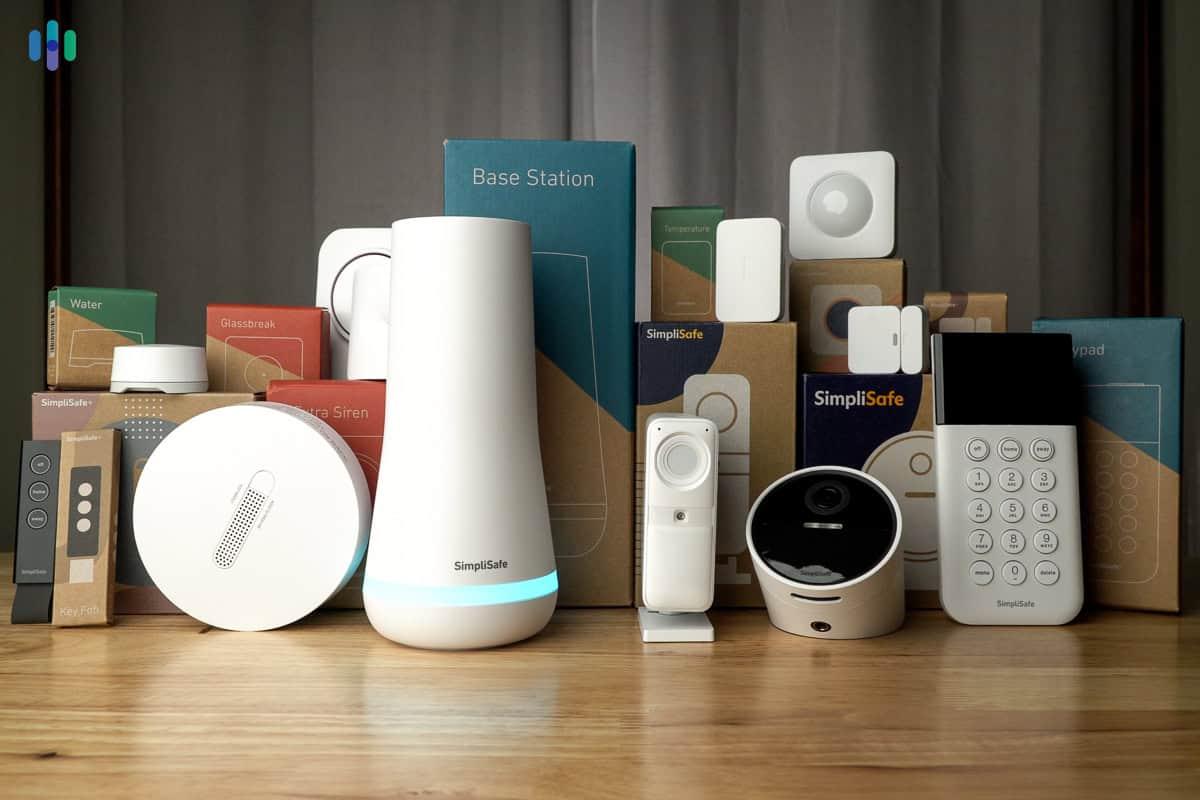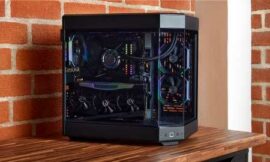In an era where technology seamlessly integrates into our daily lives, the concept of home security has transformed from traditional locks and alarms to clever, interconnected systems. Smart home devices are no longer just conveniences; they have become vigilant guardians, quietly enhancing the safety of our living spaces with unprecedented precision and adaptability. This article explores how these cutting-edge innovations are redefining security, turning our homes into smarter, safer sanctuaries.
Benefits of Real-Time Monitoring and Alerts for Homeowners
Instant awareness is a game-changer in home security. When smart devices continuously monitor your property,any unusual activity triggers immediate alerts directly to your smartphone or connected device. This proactive approach means you can respond in real-time—whether it’s a potential intruder, a fire, or a water leak—minimizing damage and maximizing safety. Traditional systems often only notify after the fact, but smart devices ensure you’re always a step ahead.
Beyond security breaches, real-time alerts empower homeowners in daily convenience and peace of mind. Imagine never wondering if you left the garage door open or if the kids made it home safely. Alerts about unusual patterns or device malfunctions help maintain the integrity of your home’s ecosystem effortlessly. The ability to instantly assess and act on alerts fosters a smarter, safer lifestyle where control is literally at your fingertips.
Key Advantages at a Glance:
- 24/7 Surveillance: Constant monitoring ensures no blind spots.
- Immediate Response: Alerts enable quick action to mitigate risks.
- Energy Efficiency: Real-time data optimizes device usage to save power.
- Remote Access: Manage home security from anywhere worldwide.
- Customized Notifications: Tailor alerts based on personal preferences and needs.
| Alert Type | Typical Response Time | Benefit |
|---|---|---|
| Intrusion Detection | Seconds | Immediate police notification possible |
| Fire Alarm | Seconds | Rapid evacuation & fire department alert |
| Water Leak | minutes | Prevents costly water damage |
| Door/Window Open | Instant | Real-time home entry updates |
For more insights on integrating smart technology into your home, visit CNET Smart Home or explore complete security statistics at the National Institute of Standards and Technology. These resources provide valuable knowledge to optimize your home’s defense mechanisms.
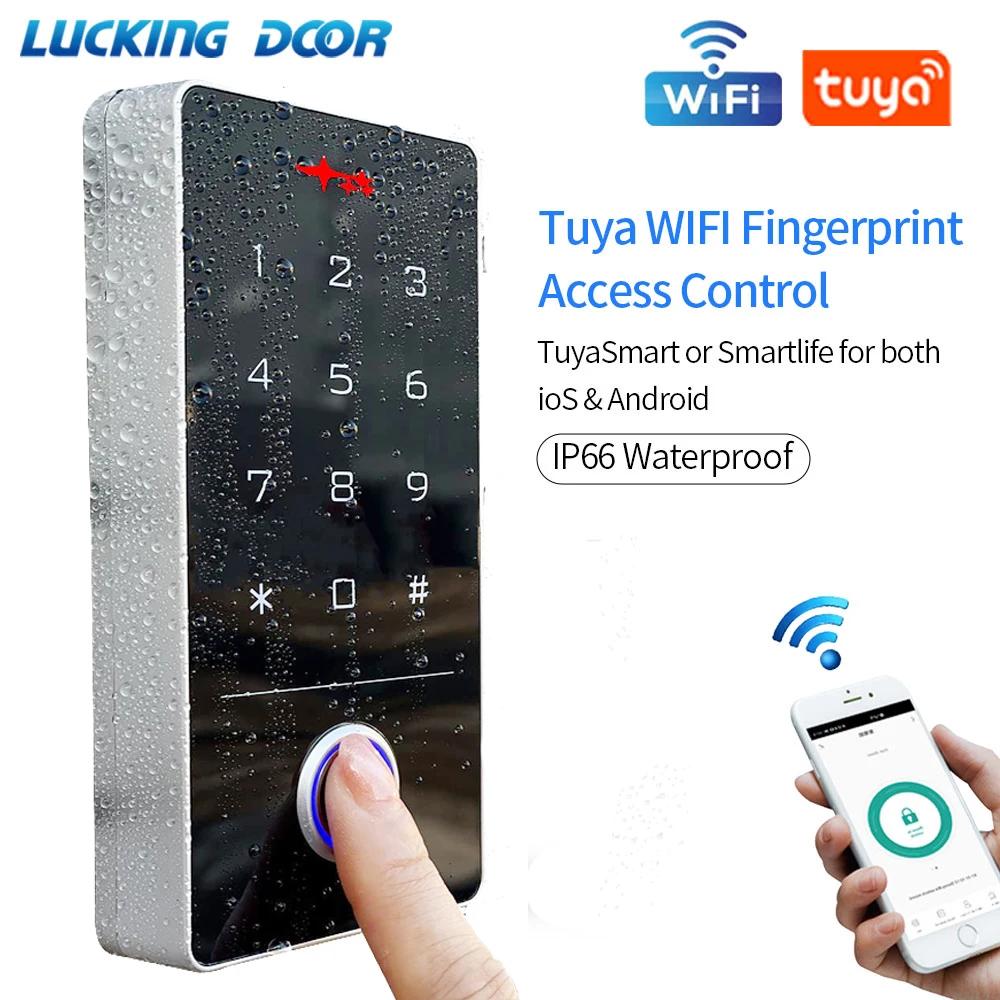
Enhancing Access Control with Biometric and Voice Recognition Technologies
Modern advancements in smart home technology have considerably revolutionized how we secure our living spaces. Incorporating biometric and voice recognition systems not only adds a layer of personalization but also greatly reduces the risk of unauthorized entry. These technologies leverage unique human characteristics, such as fingerprints, facial features, and voice patterns, making traditional keys and passwords increasingly obsolete.
The benefits of advancing access control include:
- Enhanced security: Biometrics provide near-unachievable replication, ensuring only authorized individuals can enter.
- Convenience: Voice-activated locks or fingerprint scans allow hands-free and swift access.
- Audit trails: Manny systems offer detailed logs of access attempts, helping residents monitor comings and goings.
These systems also integrate seamlessly with smart home hubs, permitting remote access management and real-time alerts via apps like Apple HomeKit or Google Nest. Below is a quick comparison of key biometric and voice recognition methods commonly found in smart access devices:
| Technology | Accuracy | Ease of Use | Typical Use Case |
|---|---|---|---|
| Fingerprint Scan | High | Very Easy | Door Locks, Security Panels |
| Facial Recognition | Very High | Effortless | Entry gates, Smart Cameras |
| Voice Recognition | Moderate | Hands-Free | Voice-activated Locks, assistants |
For those eager to dive deeper into the security implications and innovations of these technologies, the National institute of Standards and Technology (NIST) offers comprehensive resources and studies that highlight their effectiveness and best practices.
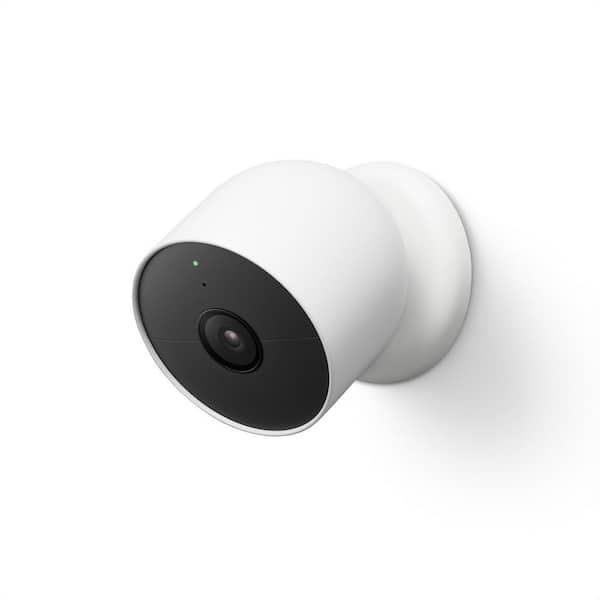
Integrating Smart Cameras and Sensors for Comprehensive Surveillance
Modern home security systems leverage the synergy between smart cameras and sensors to provide an unprecedented level of vigilance. These devices communicate seamlessly, creating an intelligent network that discerns between routine activity and potential threats, reducing false alarms and enhancing response times.
Key advantages of this integration include:
- Real-time Analytics: Cameras equipped with AI algorithms analyze video feeds in conjunction with sensor data to detect unusual movements or sounds.
- Automated Alerts: Upon detecting anomalies, the system instantly notifies homeowners via smartphone apps or integrates with emergency services.
- Adaptive Monitoring: Sensors adjust camera angles or sensitivity based on environmental changes, ensuring optimal coverage.
To illustrate the efficiency of these systems, the following table presents a basic comparison of functionalities:
| Feature | Smart Cameras | Smart Sensors |
|---|---|---|
| Detection Type | Visual recognition, facial detection | Motion, sound, temperature |
| alert Speed | Instant video capture | Immediate trigger of camera activation |
| Integration | Works with sensors to verify events | Activates cameras on detection |
By merging visual intelligence with sensory input, smart home security evolves into a proactive shield for your property. For deeper insight into AI-driven surveillance,resources like NIST offer authoritative studies and guidelines.
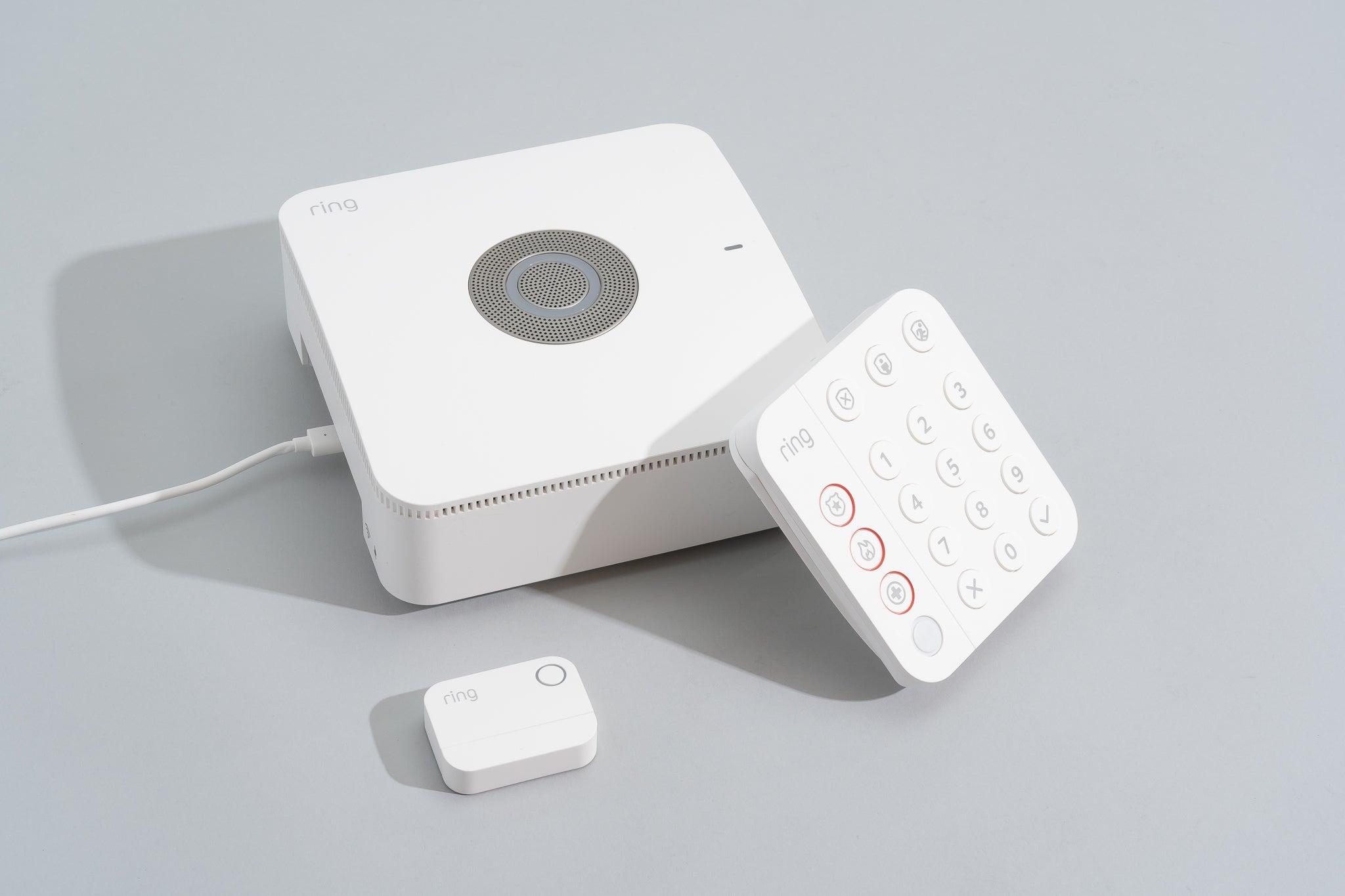
Practical Tips for Choosing and Installing Effective Smart Security Devices
When selecting smart security devices, one of the most essential factors is compatibility. Prioritize systems that integrate seamlessly with your existing smart home ecosystem, enabling smooth communication between cameras, sensors, and control hubs. This interconnectivity not only streamlines monitoring but also empowers you to customize automations for enhanced protection. Additionally, look for devices featuring end-to-end encryption to safeguard your data from unauthorized access.
Installation plays a crucial role in the performance of your smart security setup. Position cameras and sensors in locations that maximize coverage without compromising aesthetics or wireless connectivity. For instance, placing cameras near entry points and motion sensors along hallways ensures no unexpected movement goes undetected. consider mounting devices at higher viewpoints to prevent tampering while maintaining a clear field of vision. Lastly, consult manufacturer guidelines and trusted resources like the Cybersecurity and Infrastructure Security Agency for best practices on secure installation.
- Check power options: Ensure devices support both battery and wired power for uninterrupted operation.
- Use strong, unique passwords: Protect each device with robust credentials to thwart cyber threats.
- Test alert sensitivity: Fine-tune notifications to avoid false alarms while ensuring prompt alerts.
| Device Type | Ideal Placement | Security Feature |
|---|---|---|
| Smart Camera | Near entrances, elevated | Night vision & motion detection |
| Door/Window Sensor | frames of doors & windows | Instant open/close alerts |
| Smart Lock | Main doors | Biometric or keypad access |
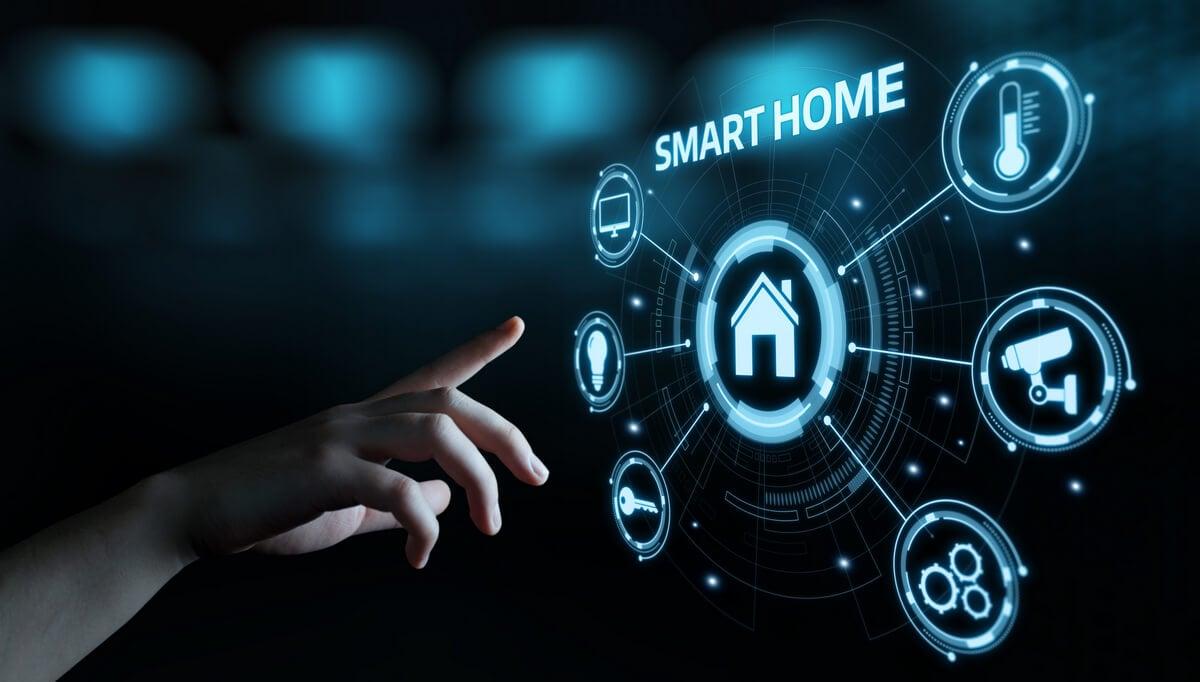
Balancing Convenience and Privacy in Smart Home Security Systems
The evolution of smart home security has brought unparalleled convenience, but it also raises vital questions about data privacy. Striking the right balance means embracing devices that not only enhance safety through real-time alerts, motion detection, and remote monitoring but also prioritize user control over personal facts. Users should look for systems that offer clear privacy policies and customizable settings, enabling them to decide what data is collected and who can access it.
Integrating features like end-to-end encryption,local storage options,and anonymized data processing helps minimize vulnerabilities without compromising convenience. Moreover, smart home ecosystems that support interoperability between devices create a seamless experience, allowing homeowners to automate security tasks while retaining transparency about data sharing.
- Enable multi-factor authentication for device access
- Regularly update software to patch security flaws
- Choose devices certified by trusted organizations like CISA
- Use network segmentation to isolate smart devices from sensitive computers
| Feature | Convenience Impact | Privacy Benefit |
|---|---|---|
| Real-time Alerts | Instant notifications on mobile devices | Only essential data transmitted |
| Local Video Storage | Accessible recordings without internet | Reduced risk of cloud breaches |
| Custom Permissions | tailored access for family members | Limits exposure to third parties |
For deeper insights on smart home security protocols, consider resources offered by NIST or explore privacy standards set by the UK Information Commissioner’s Office (ICO).
Key Takeaways
As the walls of our homes silently listen and learn, smart devices weave an invisible web of protection that grows smarter every day.While no system is flawless, the integration of intelligent technology into home security marks a pivotal shift—transforming passive spaces into proactive sanctuaries. In embracing these innovations thoughtfully, we not only enhance safety but also step into a future where our homes vigilantly watch over us, blending convenience with peace of mind. The journey of smart security is just beginning,and its potential to reshape how we protect what matters most is as promising as it is profound.


